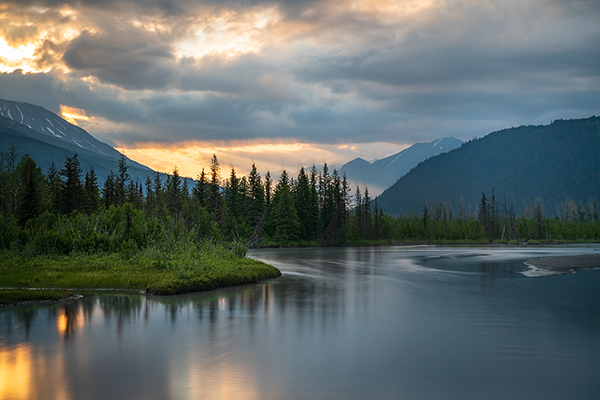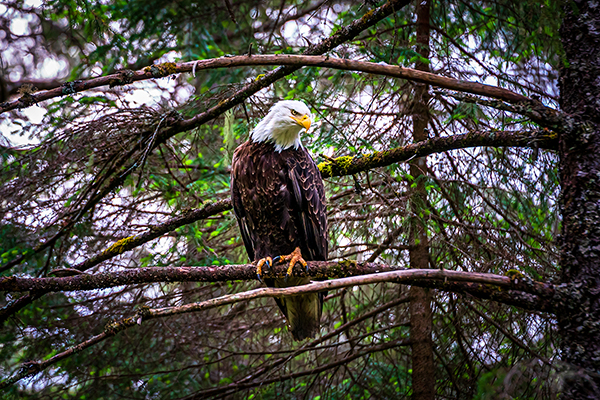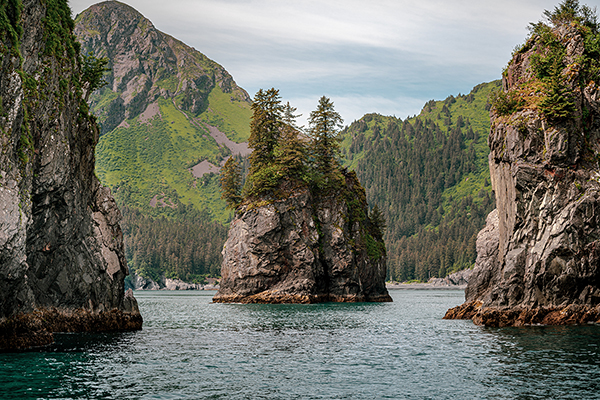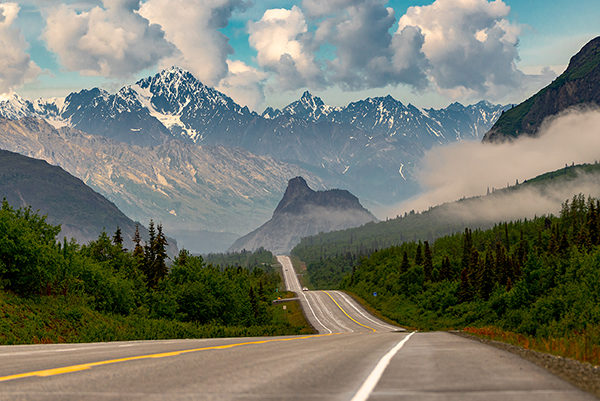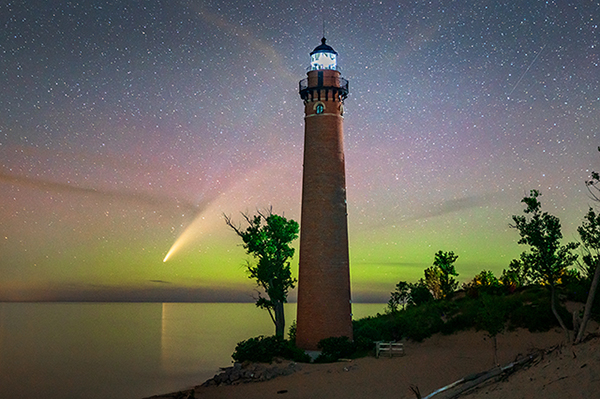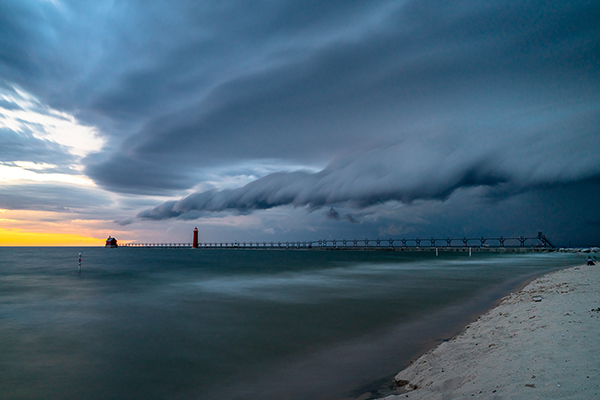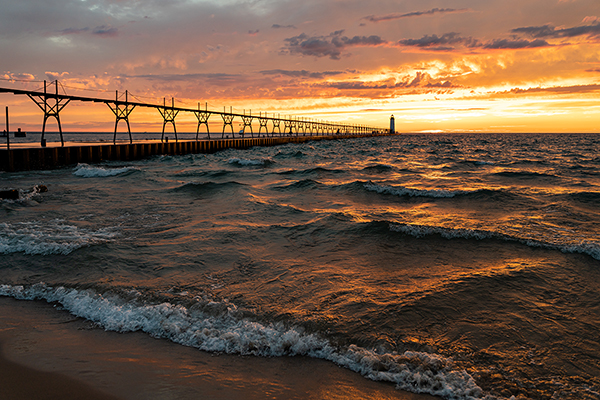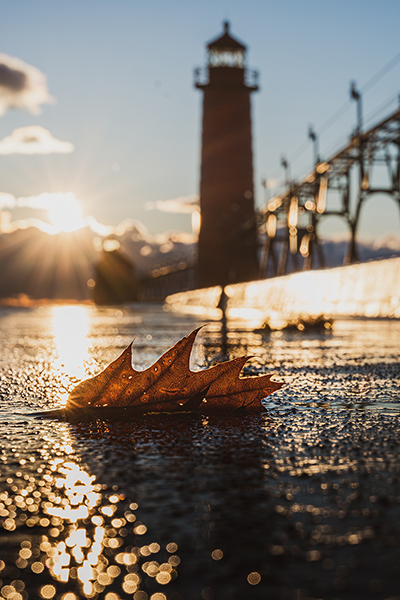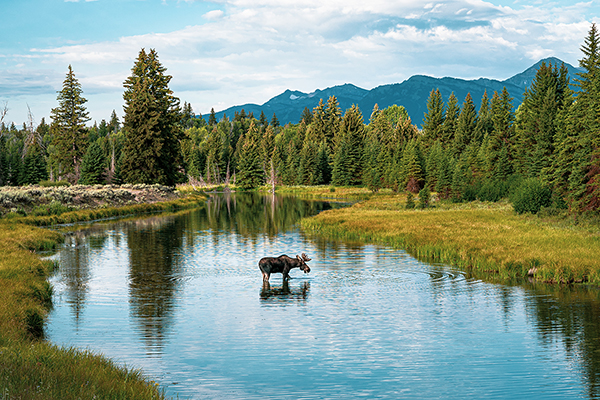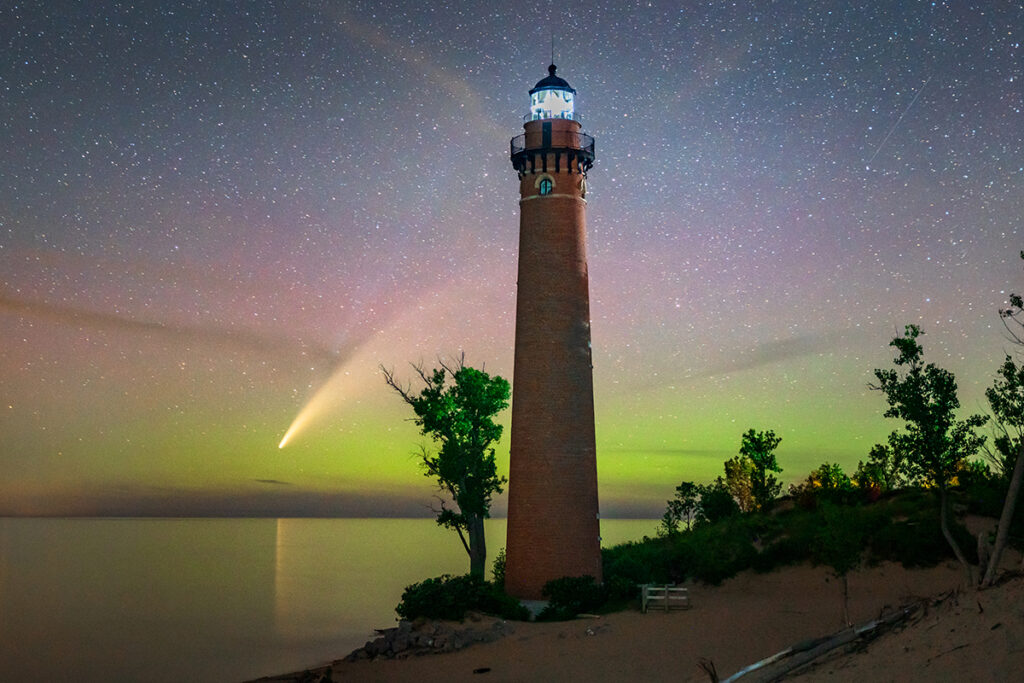
Story By Jenn Gidman
Images By Nick Irwin
The Photopportunist by Nick Irwin
Nick Irwin never knows exactly what he’s seeking with his Tamron 28-75mm Di III RXD and 70-180mm Di III RXD lenses, but somehow, he gets the photo ops he’s hoping for.
View the previous Tamron story here.
The Photopportunist
“Dreamer. Explorer. Creator.” That’s the description Nick Irwin uses for himself on Instagram, and he considers himself all of those things. Most of all, however, he considers himself a “photopportunist.” “I don’t head out looking for a specific shot,” the Michigan nature and landscape photographer explains. “I never seek out locations I’ve seen on Instagram and try to take the same pictures everyone else has of those places. I’ll simply wander around and concentrate on scenes that catch my eye in the moment. I totally want to be surprised.”
Whether he’s heading out to take pictures along Lake Michigan near his home in Grand Rapids, or traveling to the Grand Tetons and the Kenai Fjords in Alaska—more far-flung trips he hopes to resume more of once pandemic restrictions have eased up—Nick uses his Tamron 28-75mm F/2.8 Di III RXD and 70-180mm F/2.8 Di III RXD lenses for Sony mirrorless cameras to help him, as he puts it, “dream in reality.” “My first Tamron lens was the 28-75mm, and I fell in love with it,” he says. “My first time using it, I took it to downtown Grand Rapids at dusk and was blown away by the sharpness I was getting. Shortly after, I purchased the 70-180mm, and I was similarly impressed with its image quality. Before those two lenses, I’d primarily been shooting with primes, and so I’m fairly picky on what I expect quality-wise. These two Tamron lenses have exceeded my expectations.”
Read on for info on some of Nick’s recent photos he’s captured with the 28-75mm and 70-180mm lenses.
I spotted this scene from a parking lot as I made my way to Exit Glacier in Alaska, at around 10:30 at night, when there was still a bit of light in the sky. I love reflections in water and what I’m able to do with long exposures, and I had those really cool clouds to boot. I quickly put my neutral-density filters on, before the sunlight disappeared. When I see this photo now, I think, “That’s Alaska.”
I was visiting Kenai Fjords National Park with my girlfriend, and on the same street as our Airbnb was a fishing weir. I stopped at the weir one day to see if I could spot any salmon and noticed this bald eagle, staring at the salmon in the river. I had to quickly change lenses to the 70-180mm so I had a little more reach. The eagle sat there for a bit, communicating with another bald eagle further down the river.
This photo was kind of a surprise, and it goes back to what I said earlier about being a photo opportunist. We were taking a boat ride to see the Aialik Glacier in Kenai, when we suddenly came around the bend and saw those three sea stacks, rock formations sticking out of the water. I was pretty excited, because I hadn’t expected to see something like that. We got close enough so I could capture all of the trees on them.
One of biggest challenges in photography is trying to show scale. It can be hard to show how big something like a mountain range is, for example. Often when you see a photo of such a scene, you know it looked so much larger to the naked eye. But I think I pulled it off here. The car in the picture definitely helps. I love road shots like this, with the leading line of the highway leading back into the mountains, which seem much closer thanks to the compression I achieved with the 70-180mm.
This photo of the Little Sable Point Lighthouse in Mears, Michigan, about an hour from where I live, was published in National Geographic. I had gone there to shoot comets, because the sky is relatively dark when you’re facing north. But I had no idea the northern lights were going to show up that night. It was a spectacular moment to get both of those celestial happenings, along with all of those stars, at the same time.
This photo was taken in Grand Haven, not far from my home. It’s an awesome place to watch storms sweep in. I’ve always been fascinated by weather, and we get the most amazing cloud formations coming off of Lake Michigan—and dramatic skies always make for interesting pictures. I used a long exposure of 20 seconds mainly to smooth out the clouds, though it also smoothed out the water.
This is a Lake Michigan sunset in the city of Manistee, and at first it didn’t look like it would amount to much of anything. We were having dinner, and after we ate I suggested we head down to the water just to see if anything panned out. Then that glow in the sky appeared and reflected off the waves, and I knew I had something. The pier heading out to the lighthouse serves as a leading line into the image’s focal point in the distance.
This is in front of the lighthouse in Grand Haven, Michigan. I enjoy playing with depth-of-field, and shooting with the 28-75mm lens, I was able to get the leaf nice and crisp, where you can see all of the detail. You can tell that the sun was about to duck under those clouds, so I was psyched I was able to get that double starburst effect (if you look closely at the stem of the leaf, you can see the second one).
This is going to sound weird, but before I headed to the Grand Tetons, I envisioned taking a picture of a moose in water. When we arrived at Schwabacher’s Landing, which is one of the more notable spots there, we were just getting out of the parking lot when someone said, ‘Hey, there’s a moose in the river.’ I couldn’t believe it. It stood there for a while, eating seaweed out of the water, so I had plenty of time to photograph it. It was a beautiful scene even without the moose, but once you put the moose in the frame, it epitomizes the Tetons.
That photo also ended up being an inspiration for one of my Instagram followers. After I posted it, along with a caption about making your dreams into reality, a woman contacted me. She told me she was 80 years old and used a walker, but once she saw the moose photo, she was inspired. “Nick, you said to get out there and do it, and so I did,” she told me. “I walked around the whole day in Michigan taking pictures, and I owe all that to you.” That was one of the best compliments I’ve ever received on one of my images.
To see more of Nick Irwin’s work, go to his website or check out his Facebook and Instagram pages.
